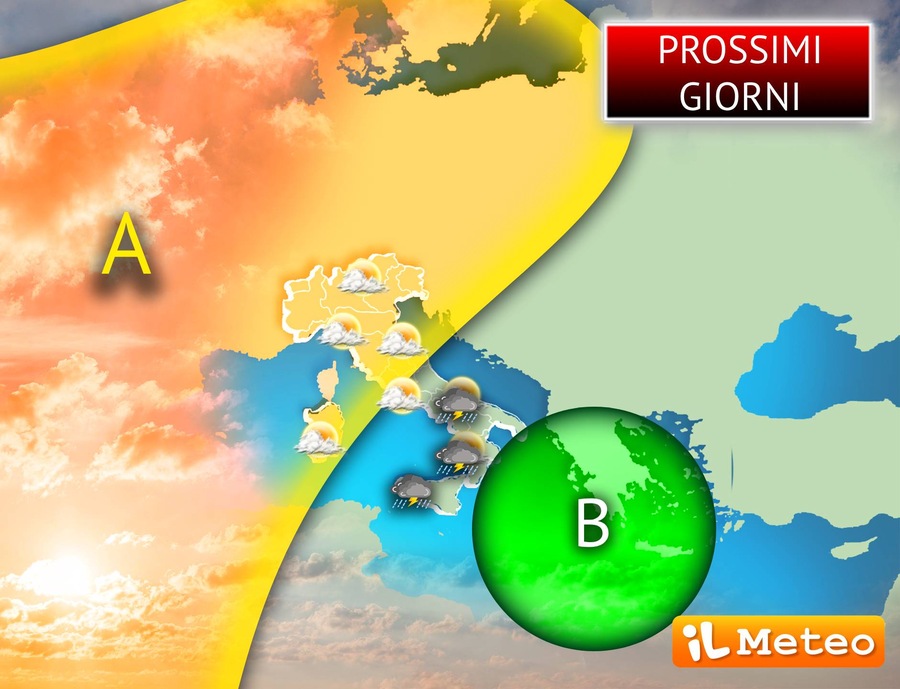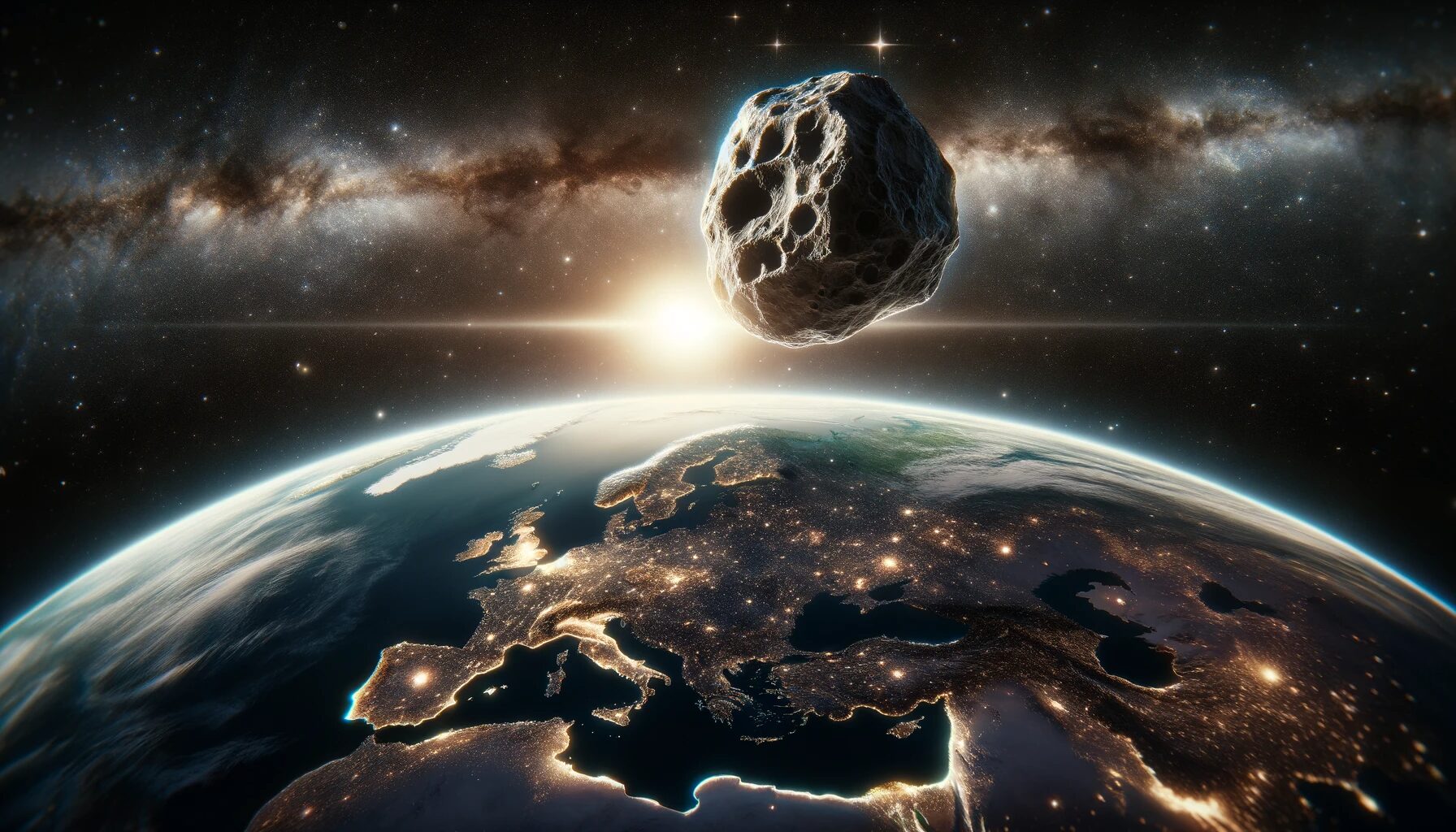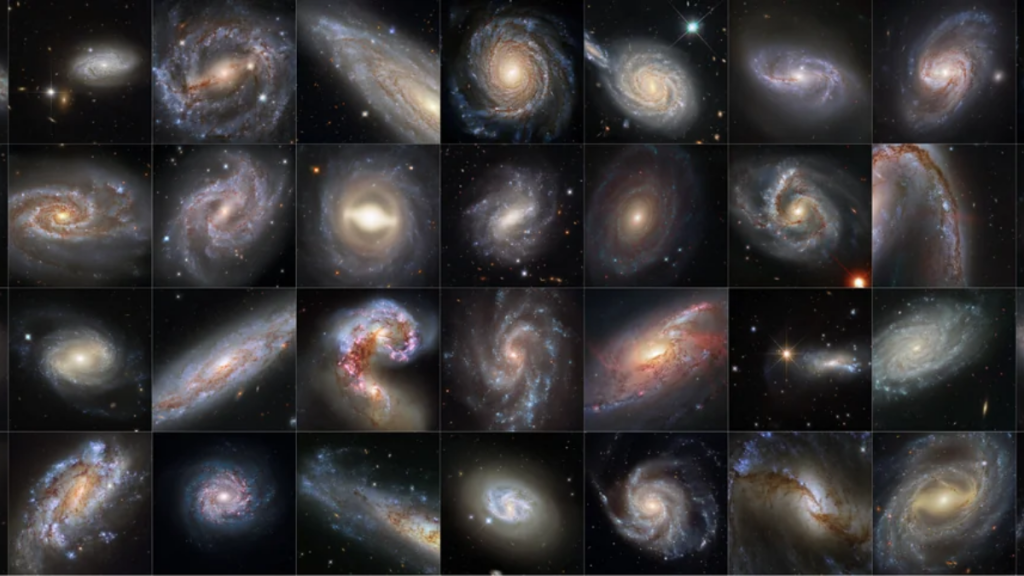This video (also 3D) turns images from the Hubble Space Telescope into a journey through the galaxies of the universe
The following video converts images and data from… Hubble Space Telescope NASA is on a journey that takes us across the universe. The video begins with images of two galaxies relatively close to Earth, then pans through thousands of galaxies in an image Great Observatories Deep Survey Origins. The subsequent 3D journey through these galaxies offers more than just that A new perspective on space: It also takes us back in time. Because light takes time to travel through space, galaxies farther away from Earth appear to us as they were millions or even billions of years ago even when they were still forming. If anyone wants to delve deeper into the subject, we recommend the book “Galaxies“Written by Daniele Gasparri, here is the link: https://amzn.to/3s3EQUG
Some information about these cosmic bodies
Astronomers classify galaxies into three main categories: Elliptical, spiral and irregular. They span a wide range of sizes: from dwarfs, containing up to 100 million stars, to giants, containing more than a trillion stars.
- EllipticalIt represents about a third of all galaxies, and ranges from being nearly circular to rectangular. They contain relatively little gas and dust and contain old, finite stars Star formation stage. Astronomers believe that Elliptical They were formed from the merger of smaller galaxies. More common are Dwarf ovoidWhich is only a few thousand light years across;
- Spiral galaxies They appear to us as flat discs with a large central yellowish bulge (bulge). It is made up of a large number Of stars, gas and dust. These galaxies are divided into two groups: ordinary spiral galaxies and barred galaxies (such as galaxy galaxies). milky way). In polygonal spirals, the star bar crosses the central bulge and the arms usually start from the end of the bar rather than from the bulge. However, both types have it Intense star formation activity They constitute a large portion of all galaxies in the local universe;
- Irregulars They have very little dust and are neither disc-shaped nor oval-shaped. Astronomers often discover them while peering into the deepest recesses of the universe, which is the equivalent of looking Way back in time. Through these observations, they discovered that anomalies were widespread in the early universe, before spirals and elliptical shapes evolved.
In addition to these three classical categories, astronomers have also identified Many galaxies with unusual shapes Which appears to be in a transitional stage of galactic evolution. These include those that are about to collide or interact and those that contain active nuclei They expel jets of gas.

“Internet trailblazer. Travelaholic. Passionate social media evangelist. Tv advocate.”







More Stories
An asteroid the size of the Giza Pyramid will pass by Earth today
Neuralink talks about a patient’s first 100 days with a brain transplant
Holidays and diet, with these rules do not deprive yourself of anything and maintain your fitness throughout the summer: goodbye to extra kilograms